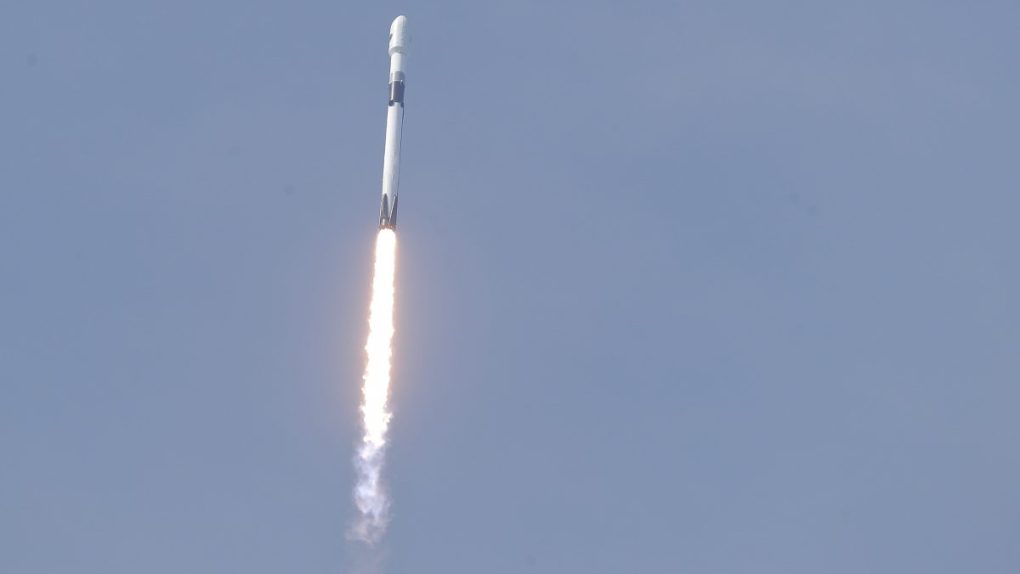- SpaceX was forced to delay the launch of yet another batch of Starlink satellites after rough seas were reported in the recovery area.
- The company’s drone ships are capable of dealing with turbulent seas, but the current was simply too strong this time.
- A new launch date has yet to be announced.
SpaceX has had a busy year of launches, and many of them have included the company’s own Starlink satellites. The satellites will eventually form a communications network around the Earth, but it’s going to take a lot of them for the network to be as powerful as SpaceX wants it to be. This week was supposed to feature yet another Starlink launch but, as is sometimes the case, Mother Nature decided to shut things down.
The weather for the launch, which was slated to take place either September 17th or 18th, isn’t actually all that bad. However, it’s not just the weather at the launch site that SpaceX has to worry about, and since the seas where its drone ship would position itself to recover the Falcon 9 booster are rough, the whole thing has to be postponed.
SpaceX has gotten very, very good at recovering its rocket boosters. The company’s Falcon 9 platform has proven itself capable of being launched many times with no issue. Of course, for the company to re-launch one of its boosters, it has to safely recover it first.
A safe return to dry land is doable in some cases, but more often than not SpaceX relies on one of several drone ships that park themselves out at sea and wait for the booster to come cruising back down to Earth. The drone ships are large, with a sizeable landing pad for the booster to target, but as we’ve seen in the past, rough seas can ultimately damage a booster even if it manages to stick its landing.
“Standing down from tomorrow’s launch of Starlink due to severe weather in the recovery area, which is likely to persist for a couple days,” SpaceX said in a tweet announcing the launch delay. “Will announce a new target launch date once confirmed.”
That explains the delay, but SpaceX boss Elon Musk weighed in as well, offering additional clarity and a look toward the future. “Current was too strong for drone ship to hold station,” Musk tweeted in reply to another Twitter user. “Thrusters to be upgraded for future missions.”
The drone ships are powerful, but they can’t exactly drop anchor in the ocean in order to remain in place. After being tugged to the broader recovery area, the drone ship uses GPS and aquatic thrusters to maintain its position and provide an ideal place for the booster to land. In this case, the seas were strong enough to overpower the drone ship’s positioning system and cause it to drift, meaning that there was a chance the booster could have landed in the sea, rather than on the ship.
SpaceX has yet to announced a new launch date, but it should be coming sooner rather than later.








